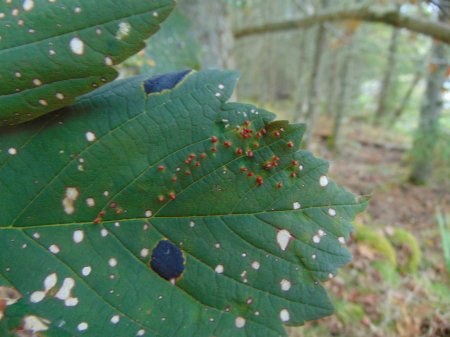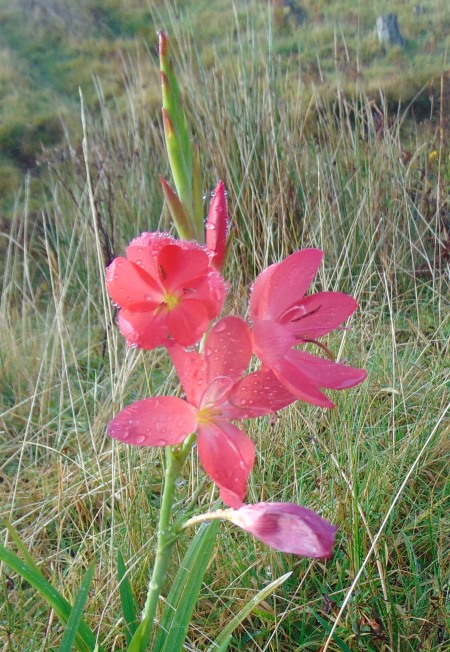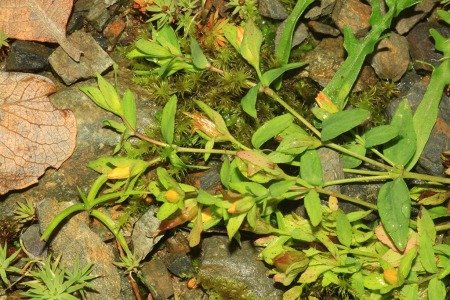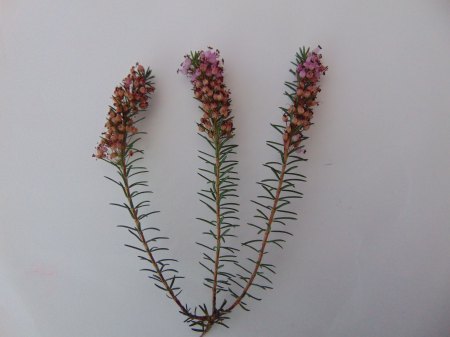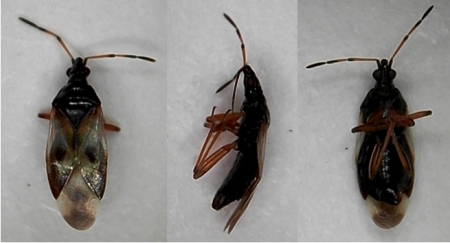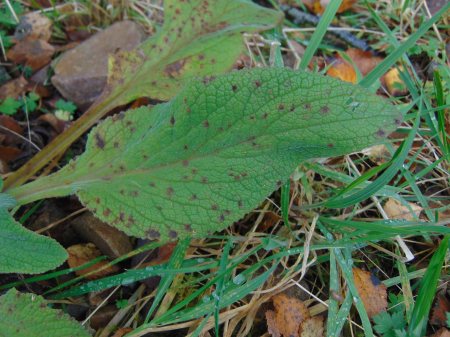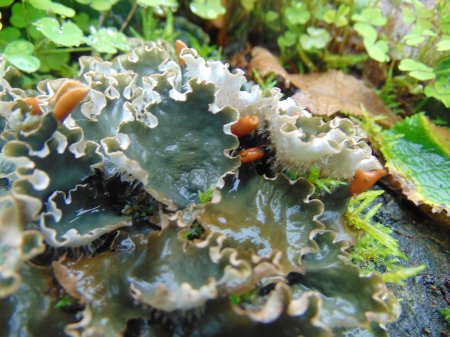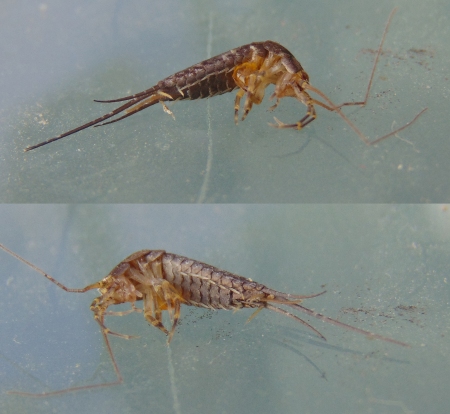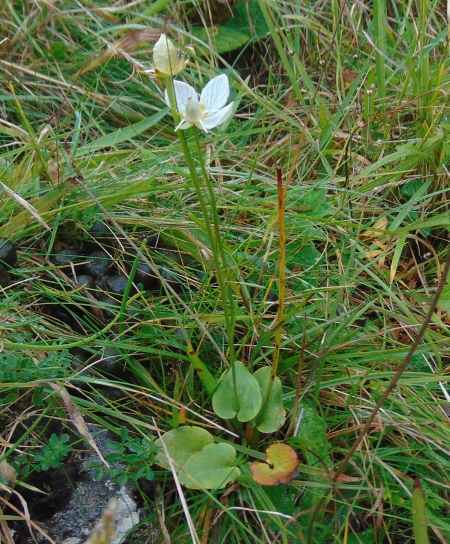Yesterday, I went looking for Sorbus rupicola (Rock Whitebeam) at some known sites in the Elgol and Kilmarie/Drinan areas. I didn’t find any. However, I do know one very good site for it around there – and there is plenty of possible ground to cover, at least in one area. It grows on cliffs and is usually only present in small numbers. One day I shall have another go.
However, it was a good day. I checked several areas of roadside for Juncus bufonius/ranarius and was relieved to find that they were all the former which is what I have been commonly recording. Whilst J. ranarius is to be found in that habitat, it appears to be in the minority.
I am always pleased to see Carex otrubae (False Fox-sedge), which is always coastal here:
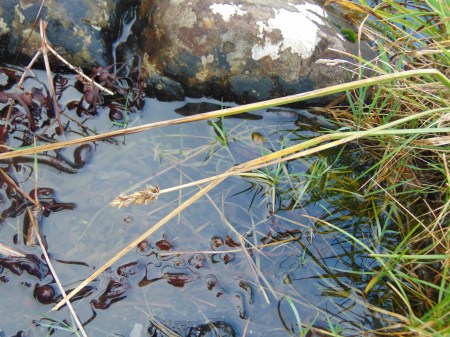
Carex otrubae at Elgol
I was briefly uncertain as to the identity of a thicket on the hillside, but when I got close, it turned out to have arisen from a fallen Gean (Prunus avium):

Some of the larger stems are showing the distinctive bark:

Near Kilmarie and Drinan some Parnassia palustris (Grass-of-Parnassus) was still in flower:
Less welcome was the large number of Cotoneaster integrifolius (Entire-leaved Cotoneaster) plants:

Cotoneaster integrifolius
I recorded a number of plant pathogenic fungi. This sycamore leaf has Rhytisma acerinum (Tar Spot), Cristulariella depraedens (Sycamore White Spot) and galls caused by mites:
